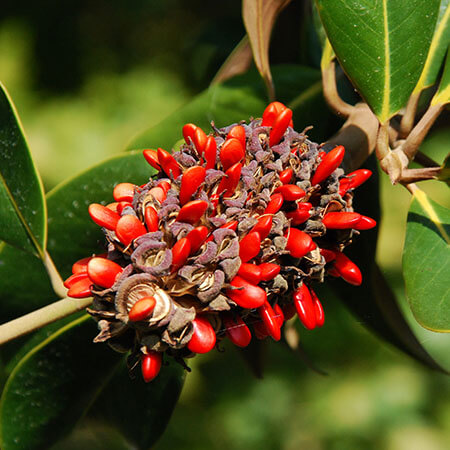-
About Us
button

Dabur India Limited is a leading Indian consumer goods company with interests in Hair Care, Oral Care, Health Care, Skin Care, Home Care and Food & Beverages.
-
Our Brands
button

Dabur presents a range of Herbal & Ayurvedic Personal Care products, created to make you look and feel good. Bringing together the gentle touch of nature and Ayurveda's wisdom .
-
Investors
button

Read our recent and archived releases, quarterly results, annual reports and financial statements. Initiatives Investor Centre.
-
Newsroom
button

Welcome to Dabur Media Centre. In this section, you’ll find our latest Press Releases arranged in a chronological order. The Press Releases have been further
-
Ayurveda & you
button

Our curated Collection of Ayurvedic knowledge for you. We at Dabur are working towards helping people lead a healthy and balanced life.
-
Sustainability
button

Dabur has been engaged in community development activities since 1994 and is committed to making a positive contribution to the communities where we source, live, work and sell our products.
-
Join Us
button

At Dabur, we are very passionate about winning and this has been engrained in DNA of the organization.
-
Support
button
- Home > Ayurveda & you > Ayurveda & Science > Ayurvedic & Medicinal Plants
Ayurveda and Science
Chitvan/चितवन/Alstonia scholaris/Saptaparni/Dita
AYURVEDIC & MEDICINAL PLANTS
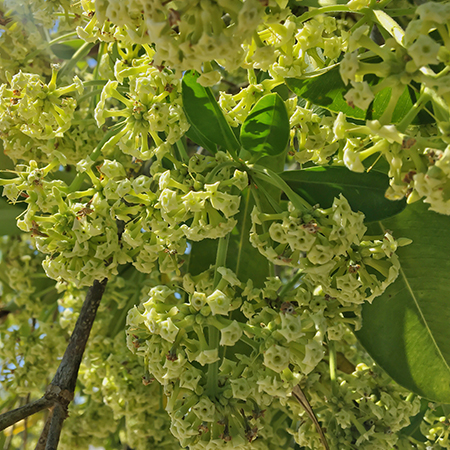
Alstonia Scholaris Medicinal Uses
The bark paste is applied locally in chronic skin ulcers as recommended by Ayurveda. It is given in postnatal conditions to mothers for increasing lactation. It also increases digestive power and is also given in fever as an antipyretic. Chitvan plant is one of the best home remedies for high fever.
Chemical Composition
The bark contains Ditamine, Echitamine, Echitanine, Echicaoutchien, Echicerin, Echitin, Echitein, Echiretin and fatty acids.
Pacifies Kapha and Pitta.
Read more about various ailments, it's causes, symptoms, ayurvedic treatments, etc.
Know the story behind other medicinal Ayurvedic ingredients
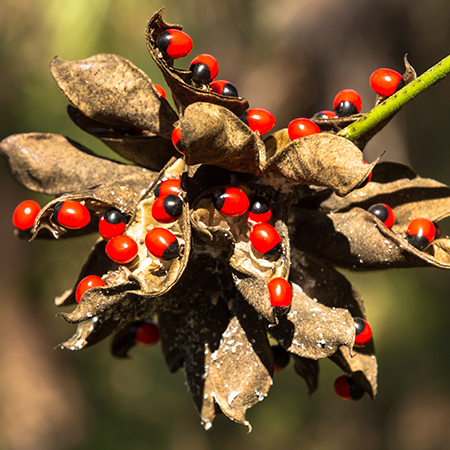
Ratti
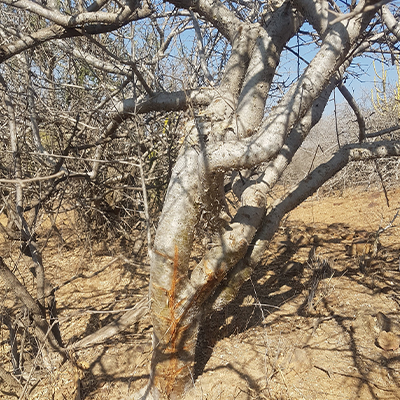
Guggulu Plant
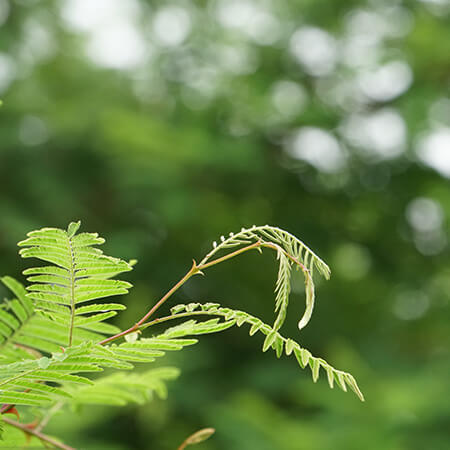
Kadirkasth Plant
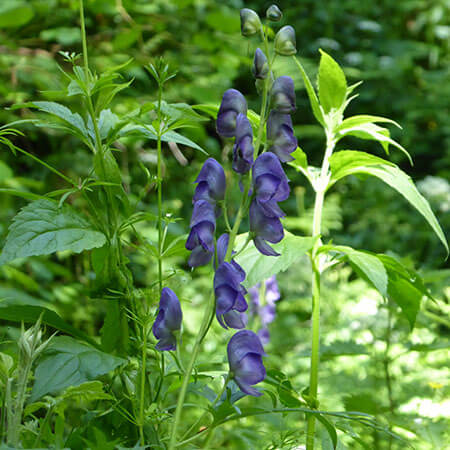
Meethavish Plant
